Home>Interior Design>Neutral Room Ideas: 15 Ways To Use Timeless Shades
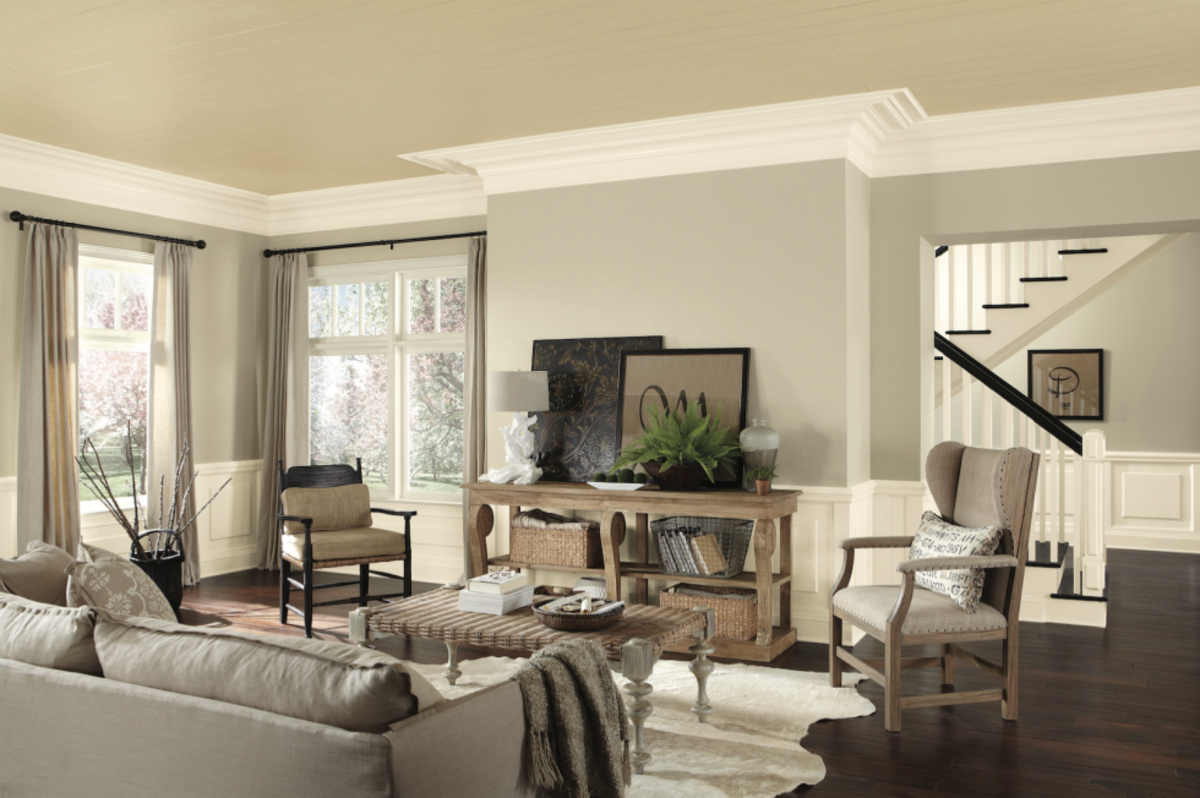

Interior Design
Neutral Room Ideas: 15 Ways To Use Timeless Shades
Modified: January 19, 2024
Discover 15 timeless interior design ideas for neutral rooms. Transform your space with these versatile shades and create a stylish and elegant ambiance.
(Many of the links in this article redirect to a specific reviewed product. Your purchase of these products through affiliate links helps to generate commission for Storables.com, at no extra cost. Learn more)
Introduction
When it comes to interior design, neutral colors have always been a popular choice. Timeless and versatile, neutrals create a soothing and balanced atmosphere that can effortlessly complement any style or aesthetic. From crisp whites to warm beiges, cool grays to earthy browns, neutral room ideas offer endless possibilities for creating a harmonious and inviting space.
Neutral colors provide a blank canvas that allows you to showcase other design elements, such as furniture, artwork, and accessories. Whether you prefer a minimalist, Scandinavian-inspired look or a more eclectic bohemian vibe, neutrals can be customized to suit your personal style.
In this article, we will explore 15 ways to use timeless shades in your home. From classic white-on-white schemes to bold combinations of black and white, we will delve into different color palettes and provide inspiration for incorporating neutrals into your interiors. So, let’s dive in and discover how you can create a stunning and calming space with neutral room ideas!
Key Takeaways:
- Embrace the versatility of neutral colors in interior design, from classic white-on-white to earthy tones, to create a timeless and inviting space that complements any style or aesthetic.
- Incorporating texture and metallic accents into neutral rooms adds depth, visual interest, and a touch of luxury, creating a sophisticated and visually stunning atmosphere.
White-on-White
One of the most classic and popular neutral room ideas is the white-on-white aesthetic. This timeless look creates a clean and fresh ambiance that can make any room feel light and airy. White walls, white furniture, and white accessories come together to create a minimalistic and sophisticated space.
In a white-on-white room, texture plays a crucial role in adding depth and visual interest. Consider incorporating different materials like linen, cotton, or faux fur to create contrasting textures. You can also introduce pops of color through decorative accents like pillows, throws, or artwork to break up the monotony of the all-white palette.
When using the white-on-white color scheme, natural light becomes a key element. Large windows that allow ample sunlight to come in will further enhance the brightness and freshness of the space. Additionally, incorporating mirrors can help reflect light and make the room appear even brighter.
White-on-white rooms are perfect for those who prefer a clean and minimalist aesthetic. This color palette exudes a sense of purity and sophistication, creating a serene and welcoming environment in your home.
Beige and Cream
If you’re looking for a warmer alternative to pure white, beige and cream are excellent choices for a neutral room. These soft and soothing hues create a cozy and inviting atmosphere that works well in both traditional and modern settings.
Beige and cream provide a versatile backdrop for any design style, making it easy to incorporate different elements and textures. Pairing these colors with natural materials like wood and rattan can create a warm and organic vibe. Additionally, adding pops of color through accent pieces such as artwork, throw pillows, or rugs can create visual interest and prevent the space from feeling too monotonous.
One of the advantages of using beige and cream in your interiors is their ability to create a calm and timeless ambiance. These neutral shades lend a sense of understated elegance and can make a small room appear larger. Beige and cream also work well with various other colors, allowing you to easily change the look and feel of your space by rearranging accessories or introducing different accent colors.
To create a cohesive look with beige and cream, consider layering different shades of these colors throughout the room. This technique adds depth and dimension to the space, while still maintaining a harmonious and neutral aesthetic. Play with different textures, patterns, and finishes to further enhance the visual appeal of the room.
Whether you choose to use beige and cream as the dominant colors or as accent shades, they are sure to create a comforting and timeless atmosphere in your home.
Gray and Charcoal
Gray and charcoal are sophisticated and versatile neutral colors that can bring a touch of elegance to any room. These shades are often associated with a modern and minimalist aesthetic, but they can also be used to create a cozy and inviting atmosphere.
Gray and charcoal work well as both primary colors and accent shades. You can choose to paint the walls in these colors or incorporate them through furniture, textiles, and accessories. The key to successfully incorporating gray and charcoal is to play with different shades and tones to create depth and contrast in the space.
When using gray and charcoal as the primary colors, it’s important to consider the lighting in the room. These colors can sometimes appear cooler and darker in poorly lit spaces. However, with ample natural light or the right artificial lighting, gray and charcoal can create a refined and calming ambiance.
To create a cohesive look with gray and charcoal, consider using a variety of textures and materials. This can include incorporating different fabrics like velvet, linen, or suede, as well as mixing in elements of wood or metal. The combination of these textures will add visual interest and prevent the space from feeling too flat.
Add pops of color to your gray and charcoal room through accessories like pillows, throws, or artwork. This will help bring life and vibrancy to the space while maintaining the overall neutral aesthetic. Consider using colors like blush pink, deep blue, or even a vibrant yellow to create a stunning contrast against the cool tones of gray and charcoal.
Gray and charcoal create a sleek and polished look that can suit a range of design styles. Whether you’re going for a contemporary, industrial, or even a more traditional look, these neutral colors will provide a timeless and sophisticated foundation for your space.
Black and White
The combination of black and white is a classic and timeless choice for neutral room ideas. This monochromatic palette creates a bold and striking contrast that can make a strong design statement in any space. Black and white can be used in equal proportions or with one color serving as the dominant shade.
Black and white rooms exude elegance and sophistication. The contrast between the two colors creates a visually dynamic environment while still maintaining a clean and minimalist aesthetic. To prevent the space from feeling too stark, consider adding subtle pops of color through accessories or incorporating different textures and patterns.
When using black and white, it’s important to create a balance between the two colors. Too much black can make a room feel overwhelming and dark, while too much white can create a clinical and sterile atmosphere. To achieve a well-balanced look, consider using black as an accent color through furniture, lighting fixtures, or decorative elements.
Black and white rooms provide the perfect backdrop for showcasing artwork or vibrant decorative pieces. The neutral color palette allows these elements to take center stage and become focal points in the overall design. You can also experiment with different patterns, such as stripes or geometric shapes, to add visual interest to the space.
Black and white can work well in a variety of design styles, from modern and minimalist to classic and vintage. It allows you to create a timeless and sophisticated atmosphere that will never go out of style. Whether you choose to go for a high-contrast look or a more subtle balance between the two colors, a black and white room is sure to make a bold statement in your home.
Taupe and Brown
Taupe and brown are earthy and warm neutral colors that can bring a sense of coziness and comfort to any room. These shades create a natural and organic atmosphere, reminiscent of nature’s beauty. Taupe serves as a lighter and softer alternative to brown, allowing for a more subtle and versatile color palette.
Taupe and brown can be used together to create a harmonious and balanced space. Consider using taupe as the dominant color on the walls or larger furniture pieces, and incorporate brown as accents through textiles, accessories, or wood finishes. This combination creates a welcoming and grounded atmosphere.
One of the benefits of using taupe and brown in your interiors is their ability to complement a wide range of other colors. From vibrant greens to soft blues or even bold reds, these earthy neutrals provide a versatile backdrop that allows you to experiment with different accent hues.
To create visual interest in a taupe and brown room, consider incorporating different textures and patterns. This can be achieved through textured rugs, woven baskets, or patterned fabrics. The combination of different textures adds depth and dimension to the space.
When designing with taupe and brown, lighting is essential. These warm colors can appear darker in poorly lit rooms, so it’s important to ensure you have sufficient lighting to illuminate the space. Natural light is ideal, but if that’s not possible, consider using a mix of ambient, task, and accent lighting to create a warm and inviting atmosphere.
Taupe and brown provide a timeless and natural color palette that works well in various design styles. Whether you prefer a rustic farmhouse look or a more contemporary vibe, these earthy neutrals will help you create a cozy and inviting space that feels connected to the outdoors.
Navy and White
Navy and white is a classic and timeless color combination that can bring a sense of sophistication and elegance to any room. This versatile pairing works well in both traditional and modern interiors, creating a crisp and fresh aesthetic.
Navy serves as the anchor color in this combination, providing depth and richness to the space. White, on the other hand, serves as a clean and bright counterpart, allowing the navy to stand out. The contrast between the two colors creates a dynamic visual appeal.
A navy and white room can be achieved by painting the walls navy or adding navy accents through furniture, rugs, or drapery. These colors can also be used in textiles like pillows, throws, and bedding to add a pop of color against a white backdrop.
This color combination is particularly well-suited for coastal or nautical-themed interiors. Navy and white evoke a sense of serenity and tranquility, reminiscent of the ocean and the open sky. Combining these colors with natural materials like rattan, jute, or driftwood can further enhance the coastal aesthetic.
When incorporating navy and white, it’s important to maintain a balance between the two colors. Too much navy can create a dark and somber atmosphere, while too much white can make the space feel sterile. Experiment with different patterns and textures to add visual interest and prevent the room from feeling flat.
Navy and white rooms offer endless possibilities for accessorizing. You can introduce pops of color through decorative accents like yellow or coral, or add metallic touches with silver or gold accessories for a touch of glamour. These complementary colors bring vibrancy and warmth to the space while still maintaining the classic navy and white palette.
Whether you’re going for a sophisticated and preppy look or a coastal-inspired vibe, a navy and white room is sure to create a timeless and elegant atmosphere in your home.
Soft Pastels
Soft pastel colors are a delightful way to incorporate a touch of femininity and tranquility into your neutral room. These gentle hues, such as blush pink, mint green, and baby blue, create a serene and calming atmosphere.
Pastels can be used as the main color palette in a room or as accents against a neutral backdrop. They work exceptionally well in bedrooms, nurseries, or spaces where a soothing and delicate ambiance is desired.
When designing with soft pastels, it’s important to strike a balance between the colors to avoid a space that feels overly sugary or juvenile. Consider using pastels as accents through furniture, textiles, and accessories, while utilizing neutral tones as the backdrop.
Incorporating different textures adds depth and visual interest to pastel rooms. Pairing pastels with materials like velvet, linen, or even rattan creates a luxurious and tactile feel. Additionally, introducing metallic accents in silver or gold can add a touch of glamour and sophistication.
Soft pastels work well within a variety of design styles, from traditional to contemporary. They can create a romantic and dreamy atmosphere in a bohemian-inspired room or bring a fresh and modern look to a minimalist space.
When accessorizing a pastel room, opt for light and airy pieces. Think of delicate floral patterns, sheer fabrics, and dainty decorative accents. These elements enhance the ethereal and feminine qualities of the pastel color palette.
Soft pastel colors have the power to evoke a sense of tranquility and serenity in a room. In addition to their visual appeal, they can also contribute to a calming and restful environment, making them an ideal choice for creating a peaceful oasis within your home.
When using timeless shades in a neutral room, consider incorporating texture and pattern to add visual interest and depth to the space. This can be achieved through the use of textiles, furniture, and decor elements.
Earthy Tones
Embrace the beauty of nature with earthy tones in your neutral room. These colors, inspired by the hues found in nature, create a warm and grounded atmosphere that brings a sense of connection to the outdoors.
Earthy tones encompass shades like warm browns, olive greens, deep oranges, and rusts. These colors exude a sense of comfort and harmony, making them ideal for creating a cozy and inviting space.
When using earthy tones in your neutral room, consider using a mix of these colors to create depth and variation. By combining different shades and textures, you can add visual interest and prevent the space from feeling flat.
Incorporating natural materials like wood, stone, and jute further enhances the earthy aesthetic of the room. Choose furniture pieces with natural finishes or include decorative elements like woven baskets or driftwood accents.
Earthy tones can be used as wall colors, amongst textiles, or through accessories. Consider a feature wall in a deep terracotta or introduce earthy tones through throw pillows, rugs, or curtains in your space.
When styling an earthy room, consider adding pops of color through vibrant plants or botanical prints. The greenery brings life and freshness to the space, while botanical patterns add a touch of whimsy.
An earthy color palette works well in various design styles, from rustic and bohemian to modern and contemporary. It creates a comforting and grounded ambiance, making it ideal for anyone seeking a connection to nature within their home.
Misty Blue
Step into a tranquil and serene atmosphere with misty blue, a soft and calming shade that adds a touch of serenity to your neutral room. Misty blue is a delicate hue that evokes a sense of relaxation and peace, reminiscent of a misty morning sky or gentle ocean waves.
This subtle and dreamy shade works well as a primary color or as an accent in your space. It pairs beautifully with neutral colors like whites, creams, and light grays, allowing it to stand out while maintaining a harmonious and serene ambiance.
When using misty blue in your room, consider incorporating different textures to add depth and visual interest. Choose soft fabrics like linen or velvet for upholstery or drapery, and opt for light and airy materials for rugs and curtains to enhance the ethereal aesthetic.
Misty blue is often associated with coastal-inspired interiors, as it mirrors the colors of the ocean and sky. To enhance the coastal vibe, combine misty blue with natural materials like rattan, seagrass, or driftwood.
Misty blue also works well in creating a romantic and feminine atmosphere. Consider pairing it with blush pink, lavender, or light gray for a soft and delicate color palette. These complementary colors bring a sense of elegance and sophistication to the space.
Adding metallic accents, such as silver or gold, can elevate the misty blue room and create a touch of glamour. Incorporate metallic finishes through light fixtures, decorative accessories, or even metallic wallpaper to add a hint of sparkle and luxury.
Overall, misty blue provides a soothing and calming atmosphere, perfect for those seeking a peaceful and tranquil haven within their home. Whether you opt for a coastal or romantic look, misty blue is sure to bring a sense of serenity and relaxation to your neutral room.
Olive Green
Embrace the beauty of nature with the rich and earthy tones of olive green in your neutral room. Olive green is a versatile and sophisticated color that brings a touch of warmth and serenity to any space.
Olive green can be used as a primary color or as an accent, depending on the desired look and feel of the room. It pairs well with neutral shades such as beige, cream, or white, creating a harmonious and organic color palette.
One of the advantages of using olive green is its ability to create a calm and peaceful ambiance. This color is often associated with nature and brings a sense of tranquility indoors. It can evoke feelings of serenity, making it the perfect choice for bedrooms or spaces where relaxation is key.
Incorporating natural materials like wood, rattan, or linen complements the earthy aesthetic of olive green. Choose furniture pieces with warm wood finishes or incorporate woven accents to enhance the natural and organic feel of the space.
Olive green can be used in various design styles, from rustic and bohemian to modern and contemporary. It provides a timeless and elegant backdrop that can easily be complemented with different patterns, textures, and metallic accents.
To add pops of color and interest to an olive green room, consider using accents in warm and complementary colors such as burnt orange, mustard yellow, or terracotta. These colors create a beautiful contrast against the earthy green backdrop.
Lighting is key when working with olive green. Being a deeper shade, it’s important to ensure that the room has sufficient lighting to prevent it from appearing too dark or heavy. Natural light is ideal, but if that’s not possible, incorporate various light sources like lamps or overhead lighting to create a well-lit and inviting space.
Olive green brings a sense of connection to nature and an atmosphere of tranquility to your neutral room. Whether you use it as the dominant color or as accents, olive green adds a touch of sophistication and natural beauty to your living space.
Blush Pink
Infuse your neutral room with a touch of femininity and elegance using the soft and delicate shade of blush pink. Blush pink creates a warm and romantic atmosphere that adds a subtle pop of color to your space.
This gentle and calming hue works well as a primary color or as an accent in your room. It pairs beautifully with neutral shades like white, gray, or beige, creating a soft and sophisticated color palette.
Blush pink adds a sense of tranquility and serenity to your space, making it a perfect choice for bedrooms, living rooms, or any area where relaxation is desired. It can create a soothing and inviting ambiance, perfect for unwinding at the end of the day.
One of the benefits of using blush pink is its versatility. It can be incorporated in various design styles, from traditional to contemporary, and everything in between. Pair it with vintage-inspired furniture for a romantic look or combine it with sleek lines and metallic accents for a modern aesthetic.
Blush pink can be used on walls, upholstery, or as accents through decorative elements. Consider using blush pink in textiles like curtains, throw pillows, or rugs to add a touch of warmth and softness to the space.
When styling a blush pink room, consider incorporating different textures and materials to add depth and visual interest. Mix in soft fabrics like velvet, faux fur, or silk to create a luxurious and inviting feel.
To add dimension and contrast to a blush pink room, consider pairing it with shades of gray, navy blue, or even a touch of metallics like gold or silver. These complementary colors will create a beautiful balance and enhance the overall aesthetic.
Blush pink brings a sense of elegance and romance to your neutral room. It adds a delicate and feminine touch while still maintaining a timeless and sophisticated look. So, go ahead and embrace this lovely shade to create a charming and inviting space in your home.
Timeless Neutrals with Texture
When it comes to creating a beautiful and inviting neutral room, incorporating texture can make all the difference. Timeless neutrals with texture add depth, visual interest, and a touch of luxury to your space.
Using neutral colors like white, cream, beige, or gray as the base of your color palette creates a clean and calming backdrop. But to avoid a flat and monotone look, it’s essential to introduce different textures throughout the room.
Textures can be incorporated through various elements, such as fabrics, materials, finishes, and patterns. Consider using textured wallpapers, woven baskets, or layered rugs to add visual interest to your walls and floors. Mixing fabrics like velvet, linen, or faux fur on furniture and accessories creates a luxurious and tactile feel.
One of the advantages of using texture is that it can transform a simple neutral room into a visually stunning and inviting space. Adding texture not only enhances the overall aesthetic but also creates a cozy and warm atmosphere.
Texture can also help create focal points in the room and draw attention to specific areas or pieces of furniture. For example, a textured accent wall or a statement piece with intricate details can become the centerpiece of the room.
When working with timeless neutrals and texture, it’s important to strike a balance. Too much texture can make the room feel cluttered, while too little can make it appear dull. Experiment with different textures and materials, but keep it cohesive and intentional.
Incorporating natural materials like wood, stone, or rattan in combination with textured neutrals can create a harmonious and organic look. These elements add warmth and a sense of connection to nature to your space.
Timeless neutrals with texture offer endless possibilities for creating a visually stunning and inviting room. With attention to detail and thoughtful selection of textured elements, you can transform your neutral space into a cozy and stylish retreat.
Monochromatic Neutrals
If you’re looking for a sophisticated and cohesive look in your neutral room, consider embracing the beauty of monochromatic neutrals. This color scheme involves using varying shades of a single neutral color to create a seamless and harmonious aesthetic.
The monochromatic approach allows you to play with different tones, shades, and textures within the same color family. For example, you can combine light and dark shades of gray, or different hues of beige and cream. This creates depth and visual interest while maintaining a cohesive and unified look.
Monochromatic neutrals can be used in any room and suit various design styles. Whether you’re aiming for a modern and streamlined look or a more traditional and elegant feel, the monochromatic color scheme can easily adapt to your vision.
When using monochromatic neutrals, it’s important to incorporate different textures, patterns, and materials to add depth and visual interest. Experiment with contrasting textures like smooth fabrics, natural fibers, or even metallic accents to create a luxurious and dynamic space.
Another advantage of a monochromatic neutral color scheme is its ability to make a space appear larger and more open. By using different shades of the same color, you can create a sense of continuity and flow, making the room feel spacious and cohesive.
Accessorizing a monochromatic neutral room is also an enjoyable aspect of the design process. Consider adding pops of color through decorative elements like throw pillows, artwork, or plants. These accents can create focal points and bring a vibrant touch to the overall color scheme.
Monochromatic neutrals are timeless and versatile, making them a popular choice for many homeowners. Whether you opt for soothing grays, warm beiges, or crisp whites, this color scheme offers a sophisticated and harmonious look that is sure to elevate your neutral room.
Neutrals with Metallic Accents
If you’re looking to add a touch of glamour and sophistication to your neutral room, incorporating metallic accents is the way to go. Neutrals with metallic accents create a luxurious and elegant atmosphere that elevates the overall aesthetic of your space.
Neutrals like white, beige, cream, or gray serve as the foundation for this color palette. They create a clean and timeless backdrop that allows the metallic accents to shine and become focal points in the room.
Metallic accents can be incorporated through various elements such as fixtures, accessories, or even furniture pieces. Consider using metallic finishes like gold, silver, or bronze on lighting fixtures, decorative hardware, or frames to add a touch of glamour.
The combination of neutrals with metallic accents creates a beautiful contrast that adds depth and visual interest to your space. The reflective properties of metallic finishes bring an element of shine and texture, creating a visually stunning and dynamic environment.
When working with metallic accents, it’s important to strike a balance. Too much metallic can create an overwhelming and gaudy look, while too little may make the accents go unnoticed. Consider using metallic accents as statement pieces or focal points in the room.
Pairing neutrals with metallic accents creates a versatile and sophisticated look that can work in various design styles. Whether you’re going for a modern and sleek aesthetic or a more vintage-inspired charm, metallic accents bring a touch of elegance and glamour to your neutral room.
To complement the metallic accents, incorporate textures and materials that enhance the luxurious feel. Soft fabrics like velvet or faux fur, as well as natural materials like marble or polished wood, can further elevate the look and add depth to the space.
Neutrals with metallic accents offer a timeless and glamorous style that can transform your neutral room into a sophisticated and visually stunning space. By pairing the elegance of metallic finishes with the understated beauty of neutrals, you can create an atmosphere that exudes luxury and refinement.
Mixing Neutrals
When it comes to designing a neutral room, don’t be afraid to mix different neutral colors together. Mixing neutrals creates a sophisticated and layered look that adds depth and visual interest to your space.
The key to successfully mixing neutrals is to choose shades that complement each other. Consider using a combination of warm and cool neutrals, such as beige with gray or cream with taupe. This creates a balanced and harmonious color palette.
One approach to mixing neutrals is to choose one color as the dominant shade and use the others as accents. For example, you could have neutral walls and furniture in one shade and incorporate accent pieces in contrasting neutrals to create a focal point.
Texture is a significant element when mixing neutrals. Incorporate different materials like linen, velvet, or sisal to create visual interest and add depth to the room. Texture enhances the overall aesthetic and makes the space feel more inviting.
When mixing neutrals, it’s important to consider the lighting in the room. Natural light and artificial lighting can influence how neutrals appear. Consider testing the colors under various lighting conditions to ensure they complement each other even in different lighting settings.
Accessorizing plays a significant role in tying together the mixed neutral color scheme. Use pops of color through pillows, artwork, or curtains to add personality and dimension to the space. Additionally, incorporate patterns or prints that incorporate the neutral colors to create a cohesive look.
Mixing neutrals allows you to create a versatile and timeless aesthetic in your space. It offers endless possibilities for customization and personalization, as you can experiment with different color combinations and accents.
Whether you prefer a monochromatic look or a combination of contrasting neutral shades, mixing neutrals adds a sophisticated and elegant touch to your room. It allows you to create a unique and visually appealing space that reflects your personal style.
Frequently Asked Questions about Neutral Room Ideas: 15 Ways To Use Timeless Shades
Was this page helpful?
At Storables.com, we guarantee accurate and reliable information. Our content, validated by Expert Board Contributors, is crafted following stringent Editorial Policies. We're committed to providing you with well-researched, expert-backed insights for all your informational needs.
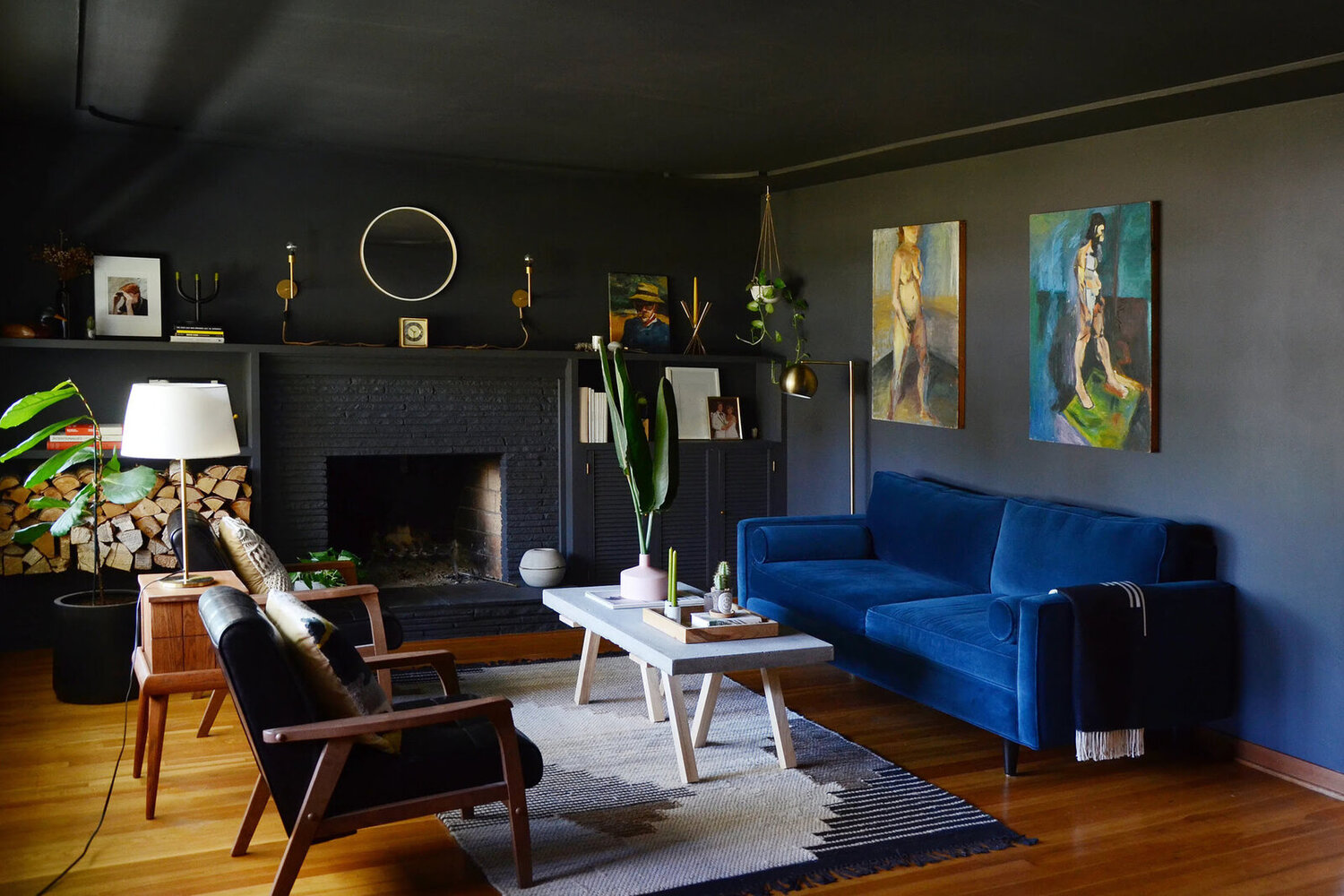
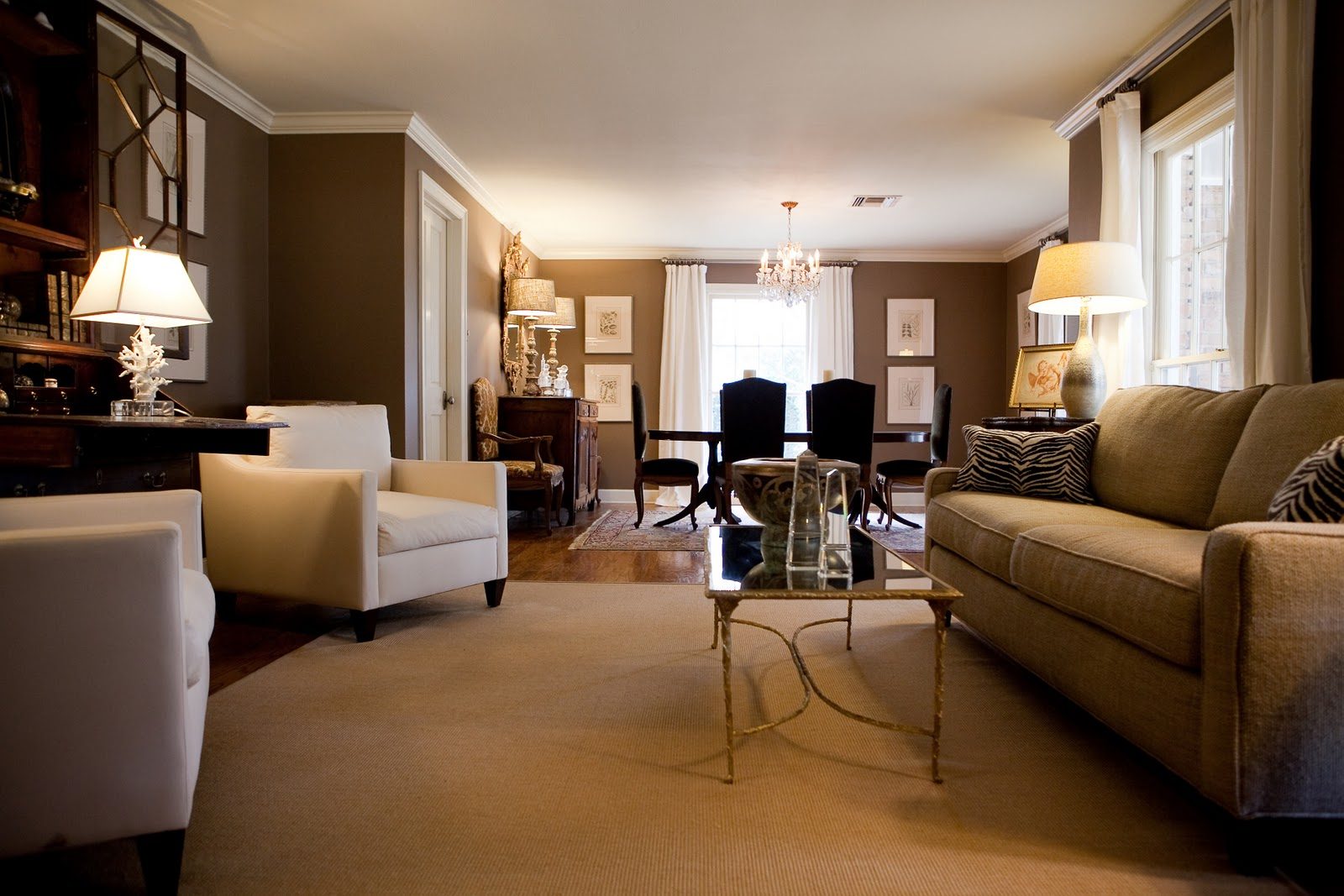
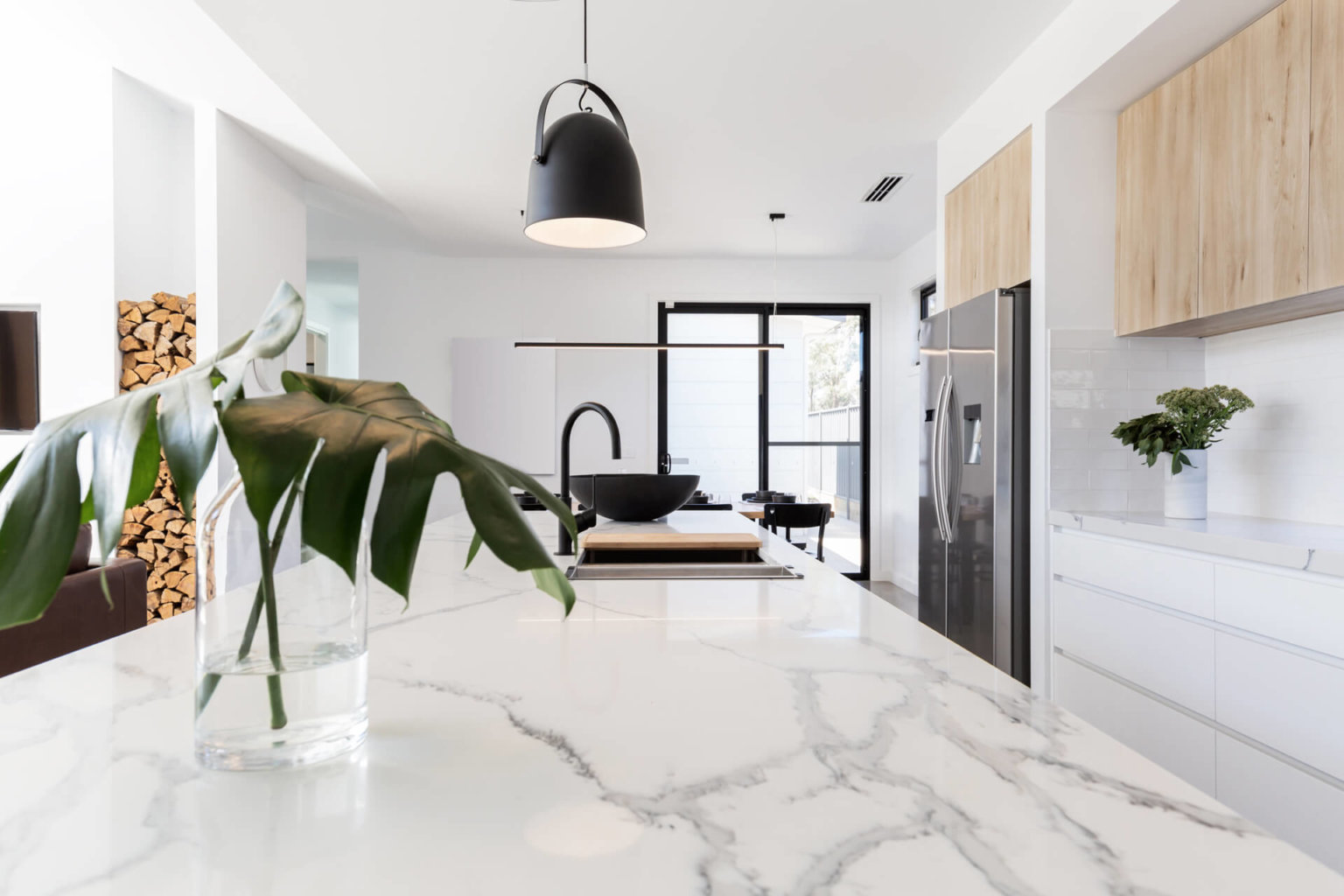
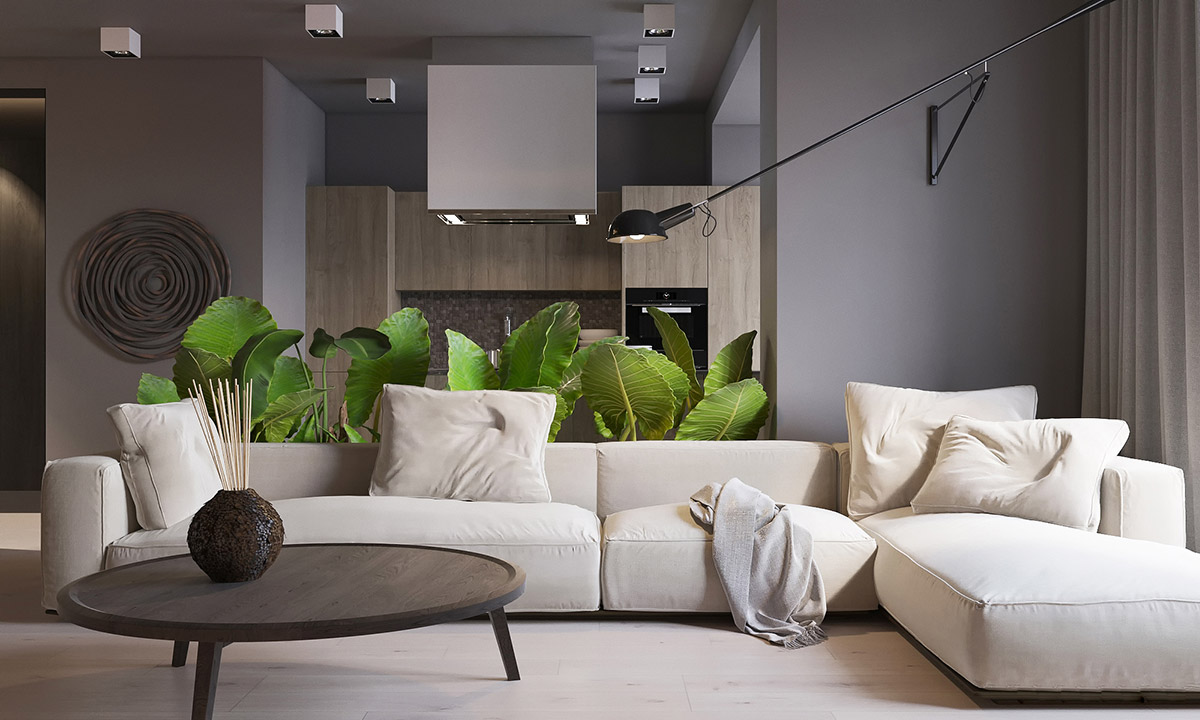
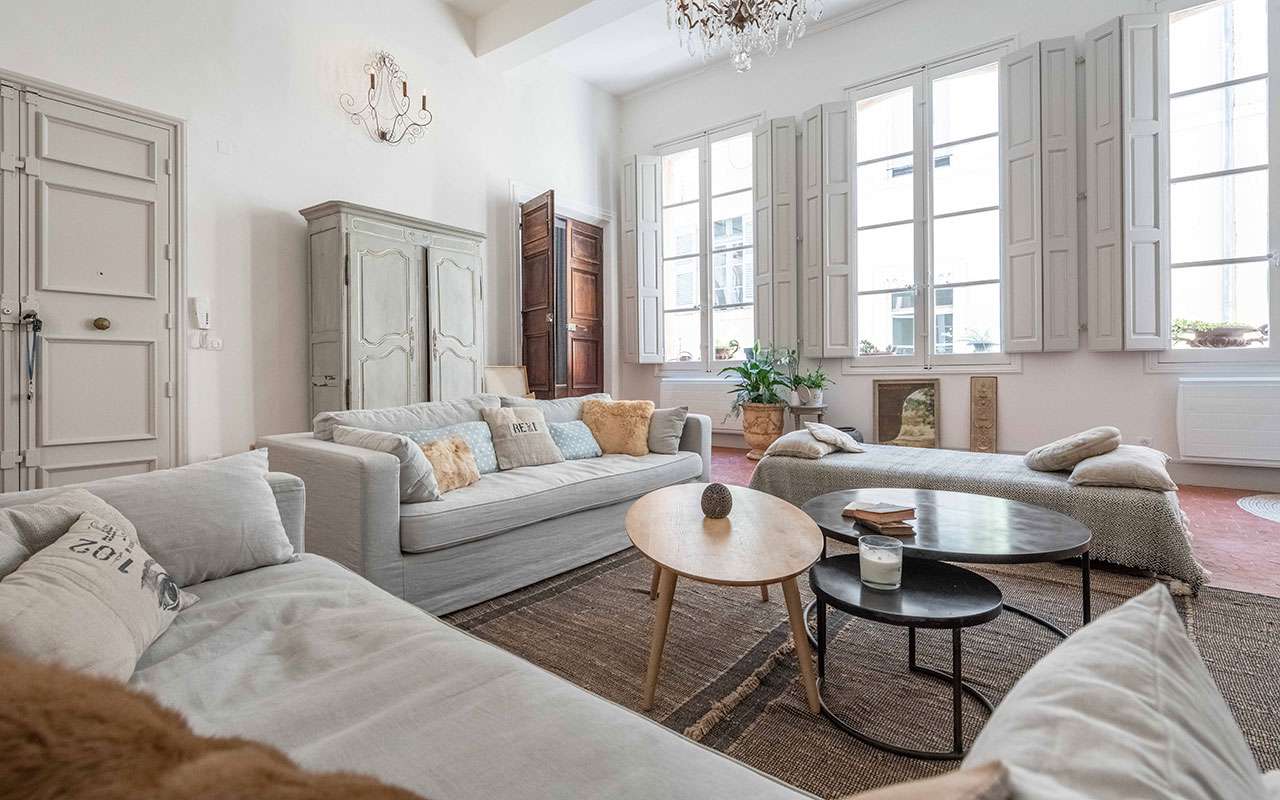
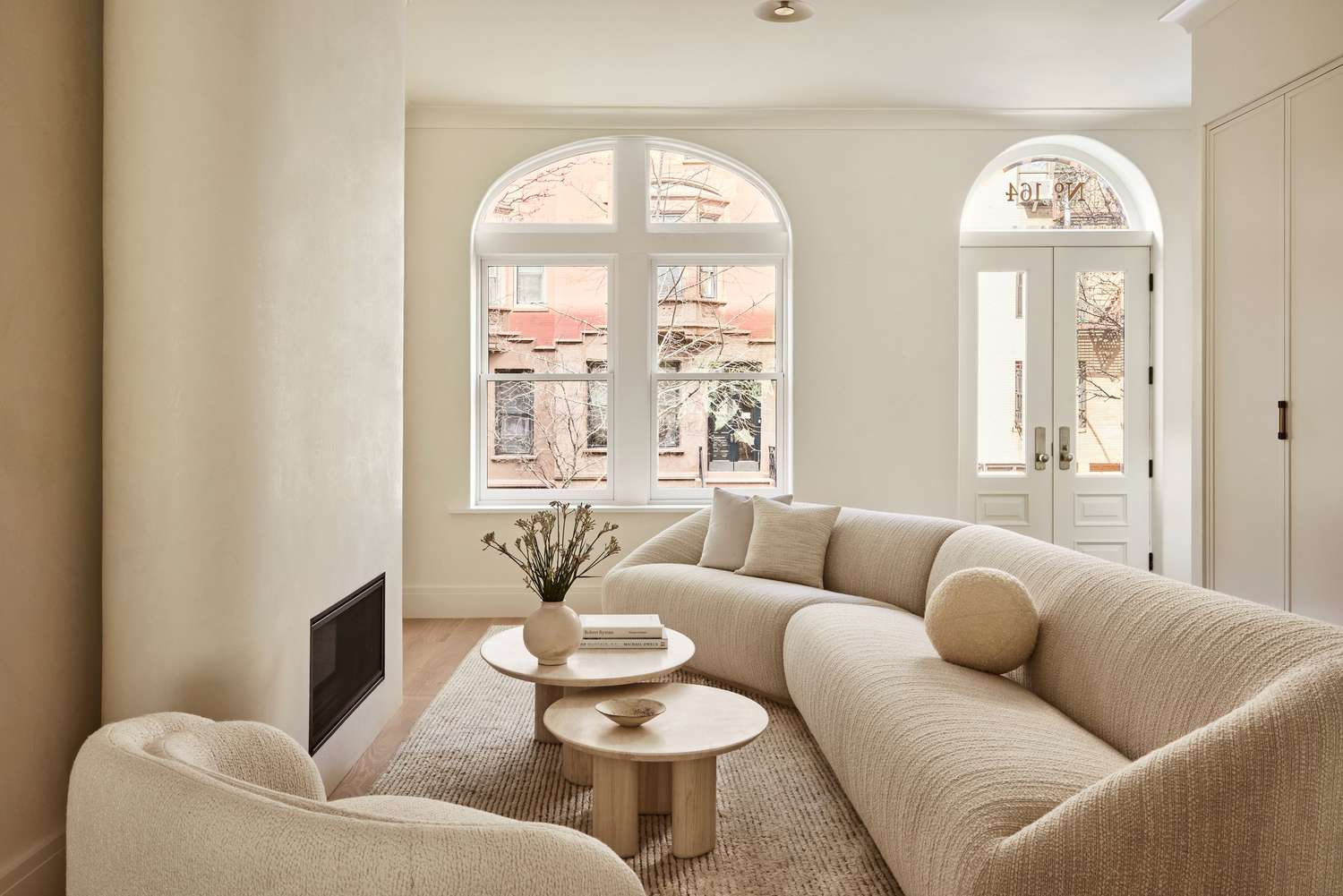
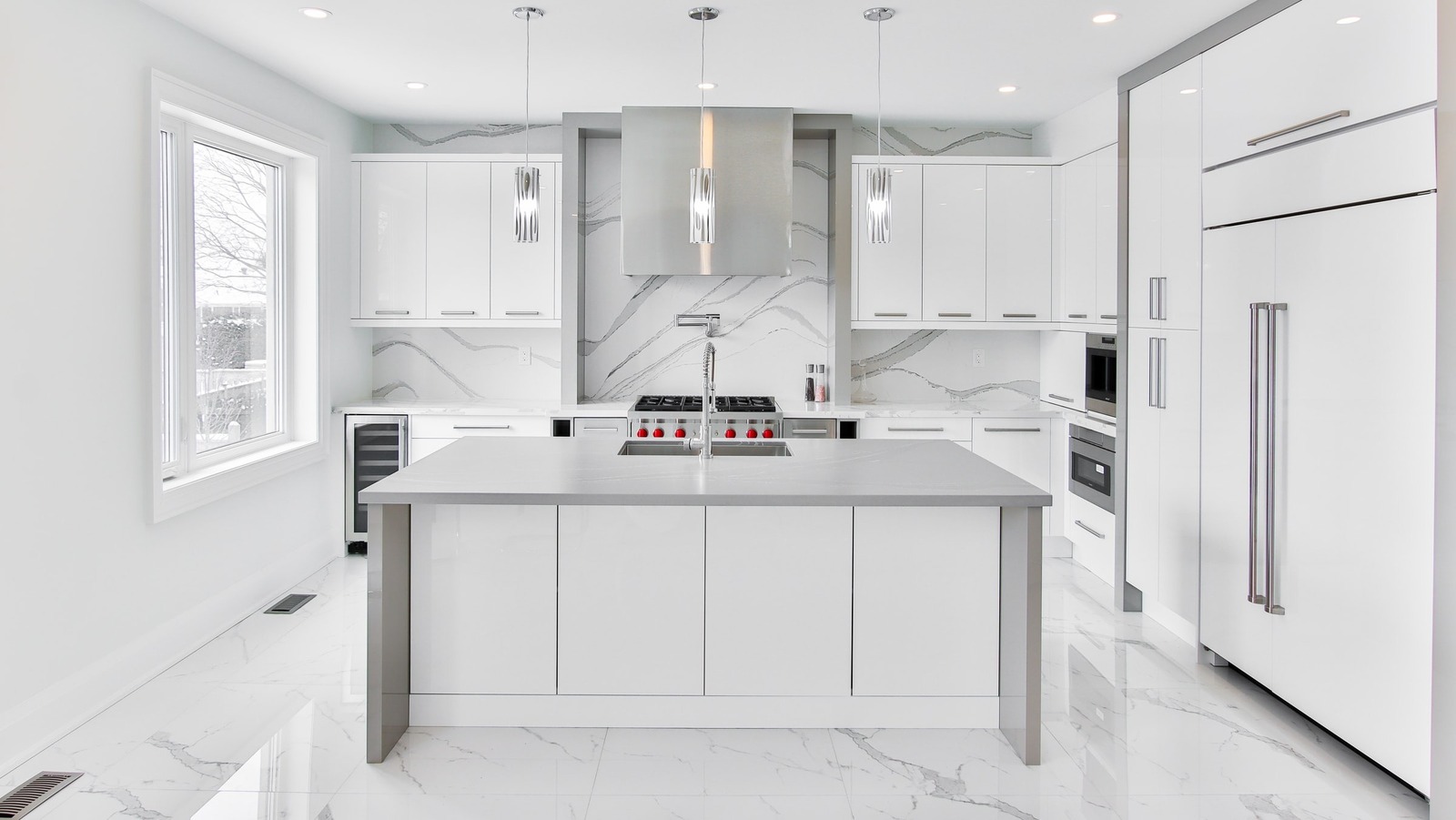
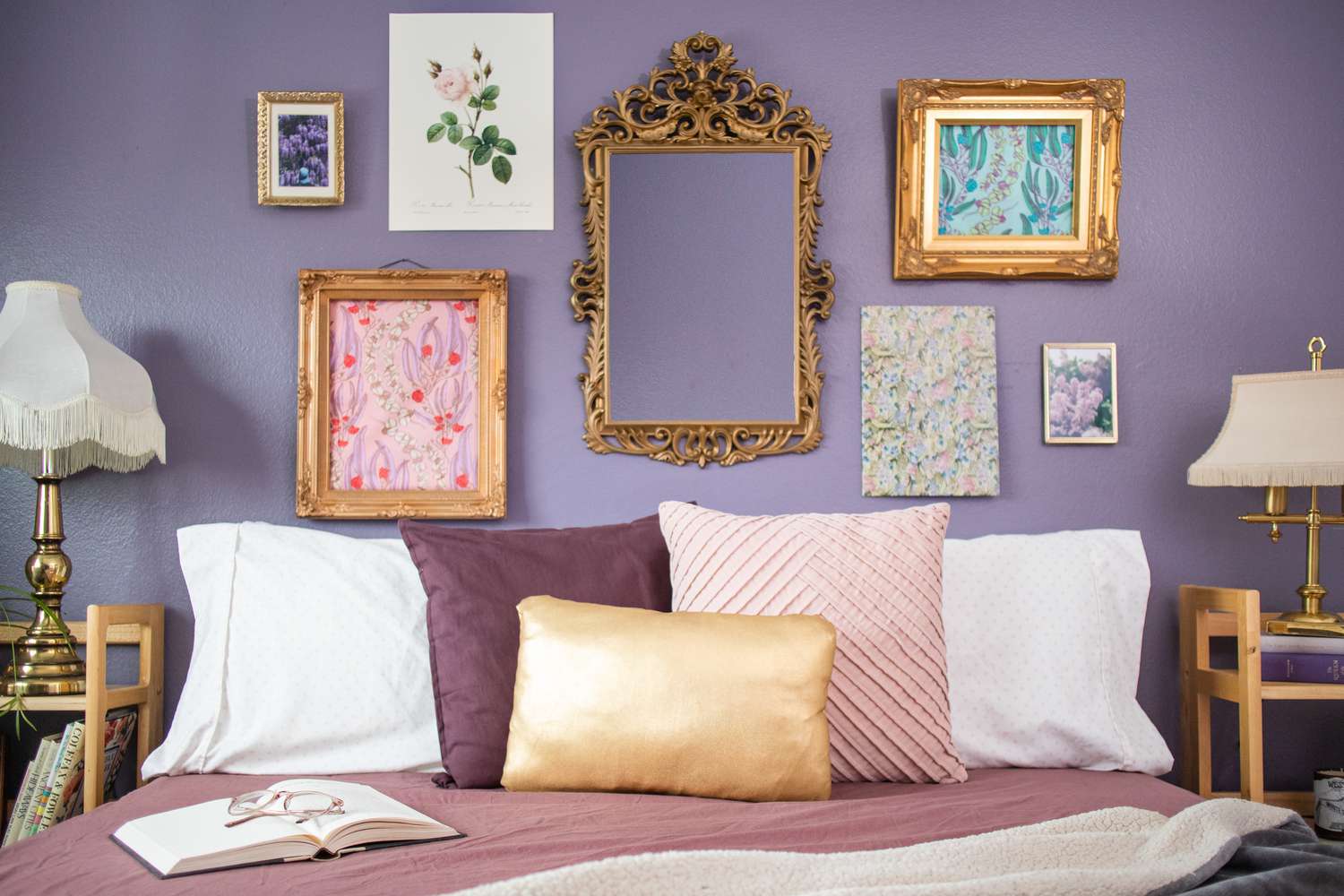
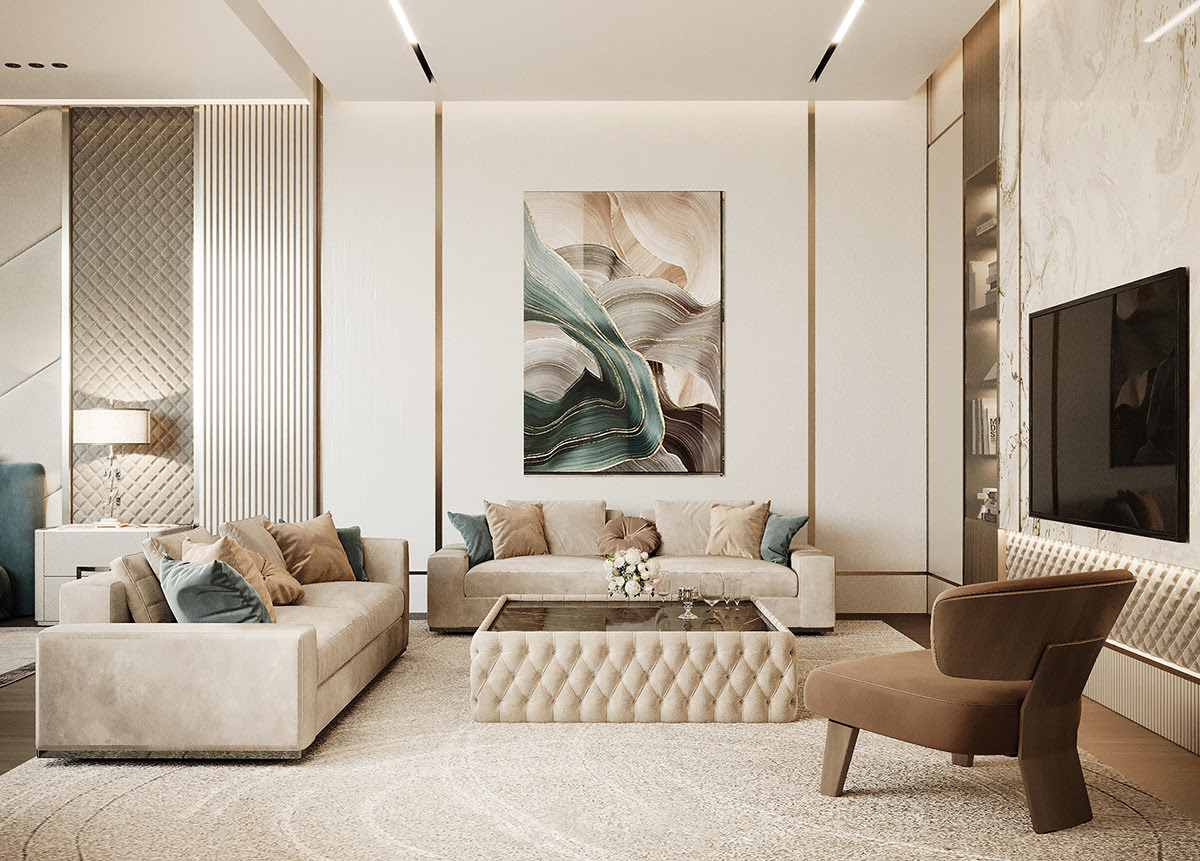
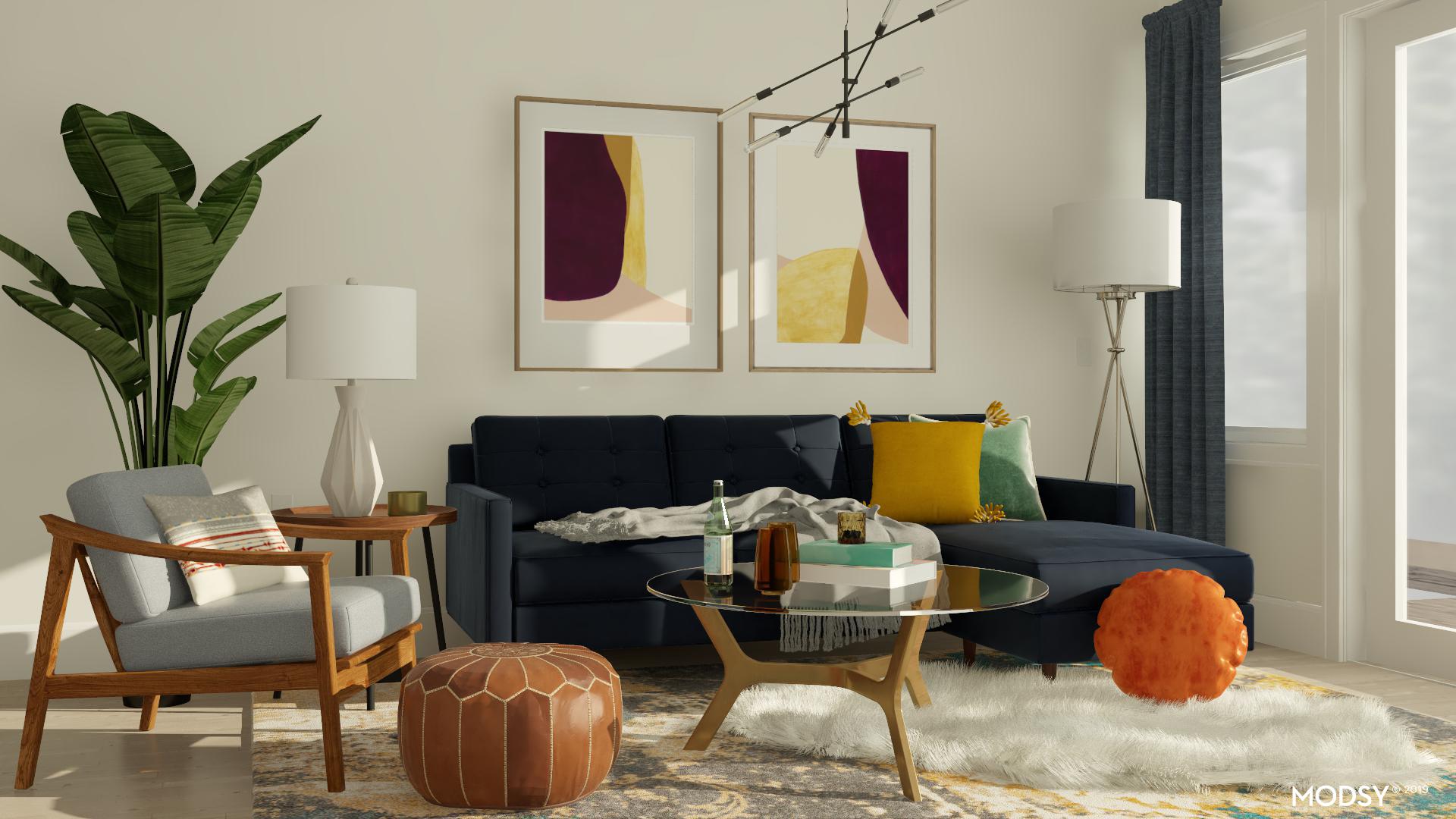
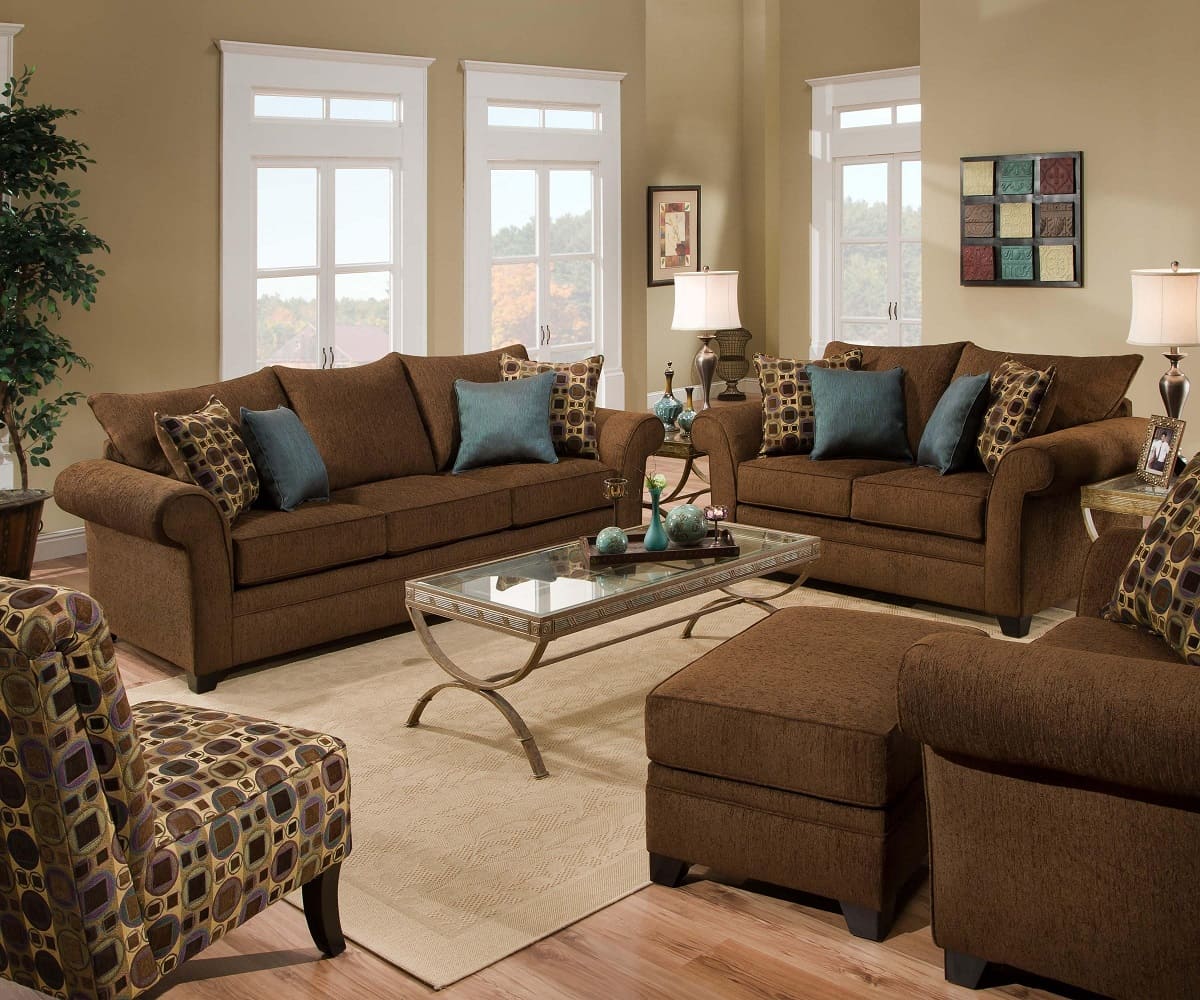
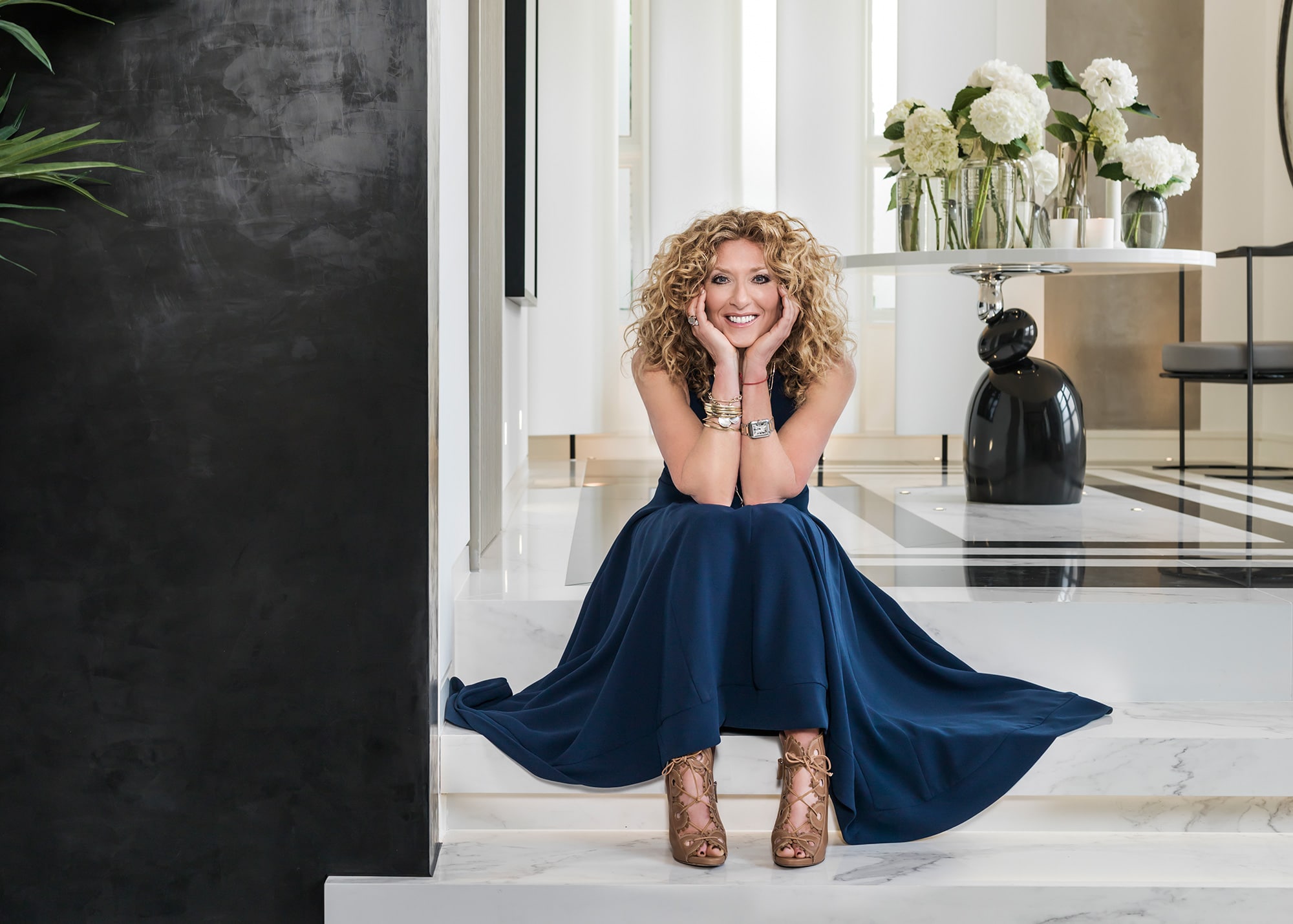

0 thoughts on “Neutral Room Ideas: 15 Ways To Use Timeless Shades”